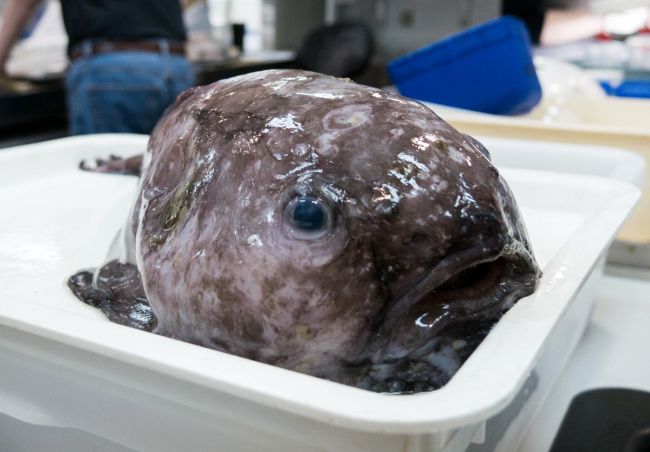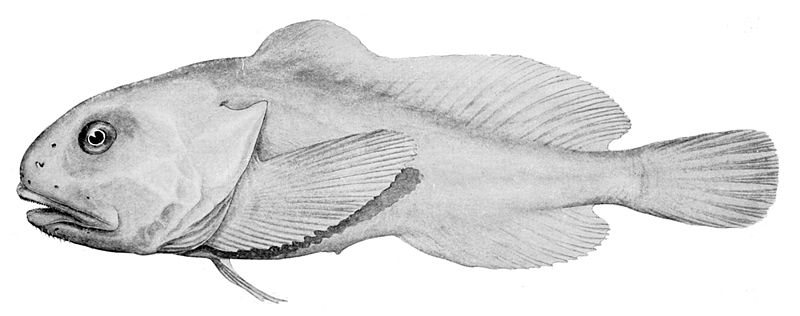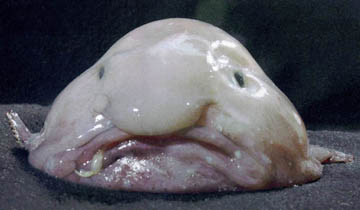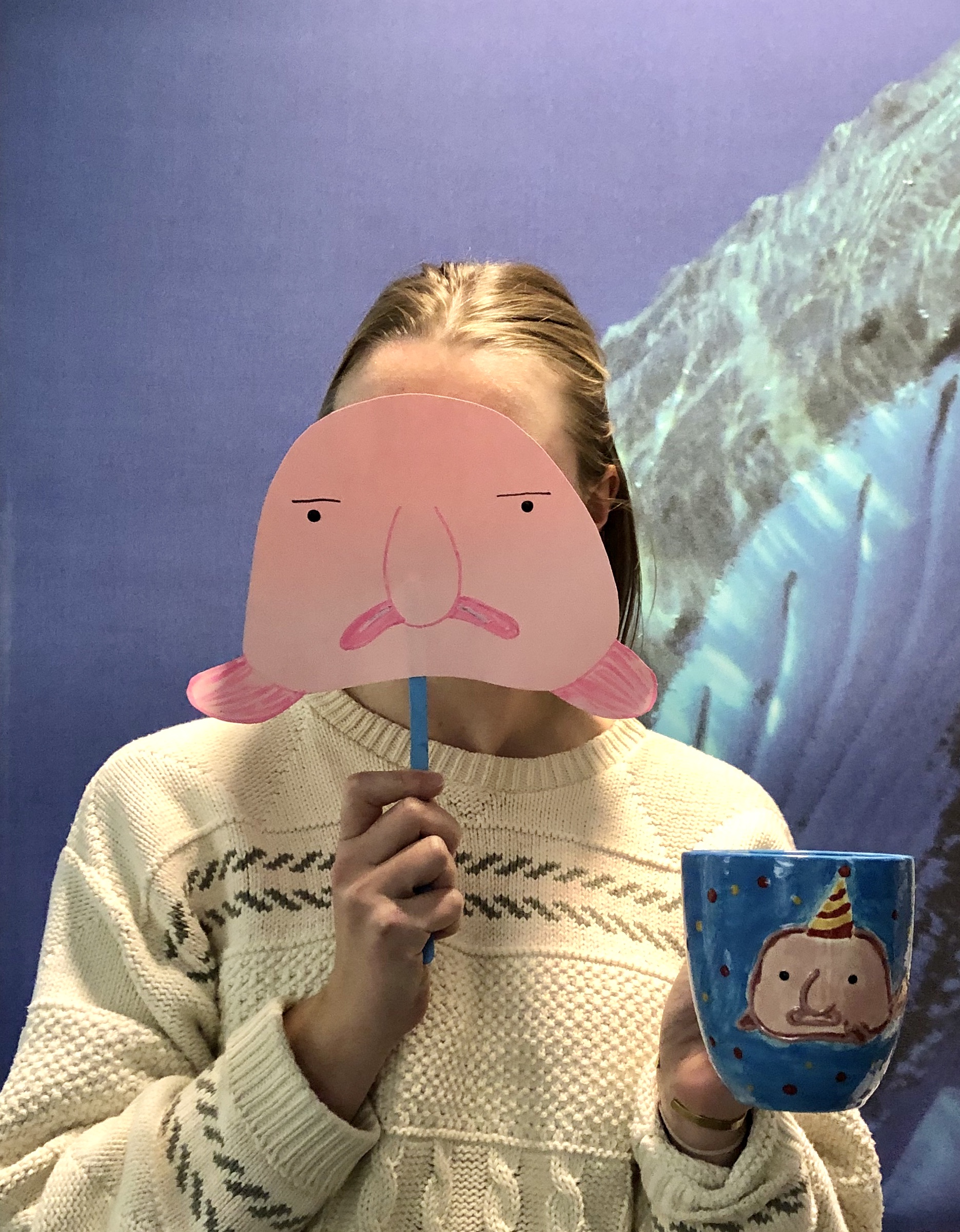An Ode to the Blobfish
Why this slimy little fish is one of my favorite ocean creatures

2013 was a big year for me. I graduated from high school, moved to a new city and most importantly, was acquainted with the blobfish, which won the coveted “World’s Ugliest Animal” award in September of that year. I’ve always had an affinity for things that other people considered to be, well, not so cute: I am delighted by naked mole rats, I coo over hairless dogs and cats and I even go out of my way to pick the slightly misshapen fruit at the grocery store.
It’s no wonder that I quickly became obsessed with the blobfish. With their gelatinous bodies, droopy noses and perennially grumpy mouths, they are the physical embodiment of the way I feel on the inside most of the time. However, there’s much more to the blobfish than meets the eye. Here are five facts about my favorite globby guys.
1. Blobfish don’t actually look all that blobby.
There are several species of blobfish in the family Psychrolutidae, all of which are deep sea dwellers that make their homes between 2,000 and 4,000 feet below sea level. At these depths, the pressure is up to 120 times greater than at the surface, forcing blobfish to adapt. They don’t have much bone or muscle, allowing the pressure of the deep sea to provide their with body structural support. When brought to the surface, the blobfish decompresses, giving it the iconic gelatinous look that we all know and love. However, in their natural environment, they look more like other fish in their taxonomic group Osteichthyes, or bony fish. So, maybe instead of calling them blobfish, we should call them “blob-above-water-fish.”

2. They don’t have swim bladders.
In addition to being mostly skeleton-less, the blobfish also doesn’t have a swim bladder. Most bony fish possess this organ that allows them to maintain buoyancy without floating upward or sinking. Blobfish, along with many other deep sea dwellers, do not have this organ, because the pressure of the deep ocean would cause it to burst. Instead, the blobfish’s limited buoyancy comes from their gelatinous skin.
3. They don’t move very much.
Another benefit of the blobfish’s gelatinous skin is that it allows them to float above the ocean floor without expending energy on swimming. Rather than hunting for its food, the blobfish primarily floats around and swallows crustaceans as they pass by. On a personal note, as someone who mostly gets her food by waiting for it to come to me, I have nothing but respect for these lazy legends.
4. They’re most commonly found in waters around Australia.
Blobfish have rarely been observed in the wild, but we do know that they’re most common around Australia, Tasmania and New Zealand. In fact, the world’s most famous blobfish can be found at the Australian Museum: Mr. Blobby was trawled during a deep sea expedition north-west of New Zealand in 2003 and quickly became an icon. Today, Mr. Blobby is preserved in 70% ethyl alcohol, which has caused his skin to tighten and his “nose” to shrink.

5. There’s a lot we still don’t know about the blobfish.
Despite their celebrity status (for a fish, anyway) we actually know very little about the blobfish. We don’t know their life expectancies, nor do we know how they mate. In fact, scientists aren’t even sure if Mr. Blobby is actually a “Mr.” at all: in 2015, Mark McGrouther of the Australian Museum told Smithsonian Magazine that because they had not dissected the blobfish specimen, it was possible that it was, in fact, female.
As we continue to make strides in deep ocean exploration, my hope is that we can learn more about the blobfish. For now, I’ll content myself with what we do know about these globby creatures, and continue to draw them on any surface I can get my hands on.
